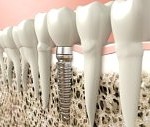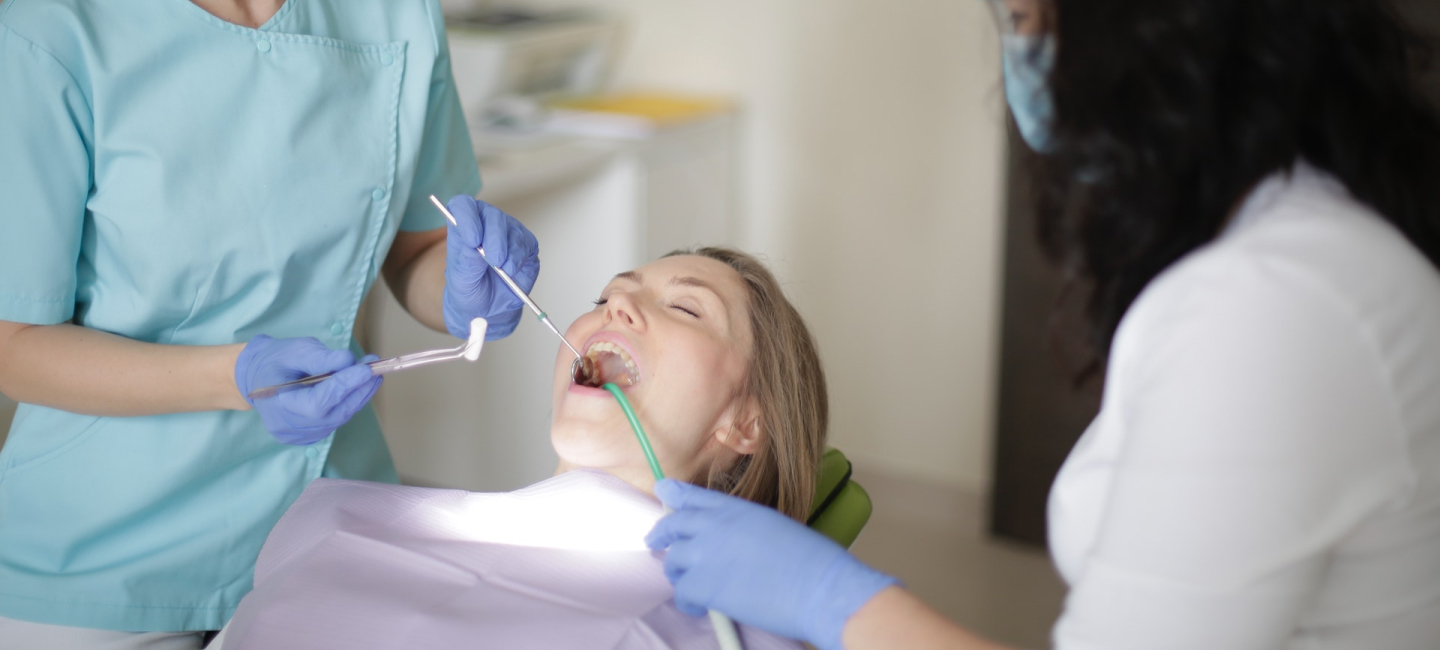Previously, we provided an article on new tools and technologies being utilized in today’s dental and endodontic practice. Here, we continue that article, listing additional technological advances in dental technology.
Diagnodent is a high-tech tool used for the early detection of cavities – so it is essentially a preventive measure. The advanced technology uses sound pulse and laser to detect cavities in their early stage, which is more effective than traditional methods and allows you to commence treatment immediately, limiting the amount of decay and so increasing the likelihood of saving the tooth.
 Dental implant technology continues to improve with demand. Mini-implants can now accommodate small tooth replacements. The bio-integration of the titanium tooth root with human bone is becoming more predictable. The industry has also focused on reducing treatment time, and some implants can now be placed immediately after a tooth extraction as opposed to waiting four to six months, as was the case in the past. Dental implants are a great option if a tooth needs to be removed and replaced. However, preserving your natural teeth should always be the priority. If the tooth is salvageable and is in need of a root canal treatment, you should see an Endodontist for evaluation.
Dental implant technology continues to improve with demand. Mini-implants can now accommodate small tooth replacements. The bio-integration of the titanium tooth root with human bone is becoming more predictable. The industry has also focused on reducing treatment time, and some implants can now be placed immediately after a tooth extraction as opposed to waiting four to six months, as was the case in the past. Dental implants are a great option if a tooth needs to be removed and replaced. However, preserving your natural teeth should always be the priority. If the tooth is salvageable and is in need of a root canal treatment, you should see an Endodontist for evaluation.
Advance Dental Technology Tools
Desensitizers can be used by your dentist or hygienist prior to dental technology treatment if you have sensitive teeth. A desensitizer decreases or eliminates pain during treatment so you are comfortable during a procedure that may otherwise have caused you pain, discomfort, or anxiety. Desensitizers can be used alone or in conjunction with other pain management medication and anxiety relief approaches like a local anesthetic or sedation dentistry.
Digital radiographs this dental technology offer a better way to capture dental images through a sensor that processes the image onto a computer screen. They provide greater comfort than traditional X-rays and are certainly faster, while also adding the benefit of reducing exposure to radiation. Four digital radiographs are about equal to one “paper” X-ray.
Electric hand pieces enable hygiene professionals to improve their procedures while using rotary cutting instruments. They provide for a smooth delivery of material, which puts less stress on the healthy tooth structure. They are often quieter, too.
Intra-oral cameras now in use can produce accurate images of your teeth and the supporting structure. This allows you, your dentist and dental technician to see tooth defects. They also help you to learn more about dental hygiene practices and help determine where to focus when brushing your teeth.
Lasers offer reduced discomfort and in some cases, a suture free option for the treatment of benign tumors, cold sores, crown lengthening, decay removal, gummy smiles, dental fillings, tongue tie and speech impediments, nerve regeneration for damaged nerves and blood vessels and scars. They may also be applied in the treatment of select dental conditions such as sleep apnea, certain cases of TMD (Temporomandibular disorders) and tooth sensitivity. This is a very exciting area of development in dental technologies.
These exciting options make dental work more flexible and effective than ever before. And aid clients as well. Look for even more high tech advances in Part 3, coming next month.

